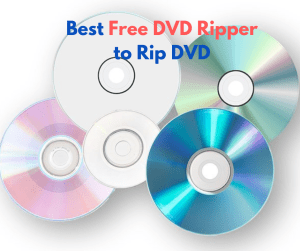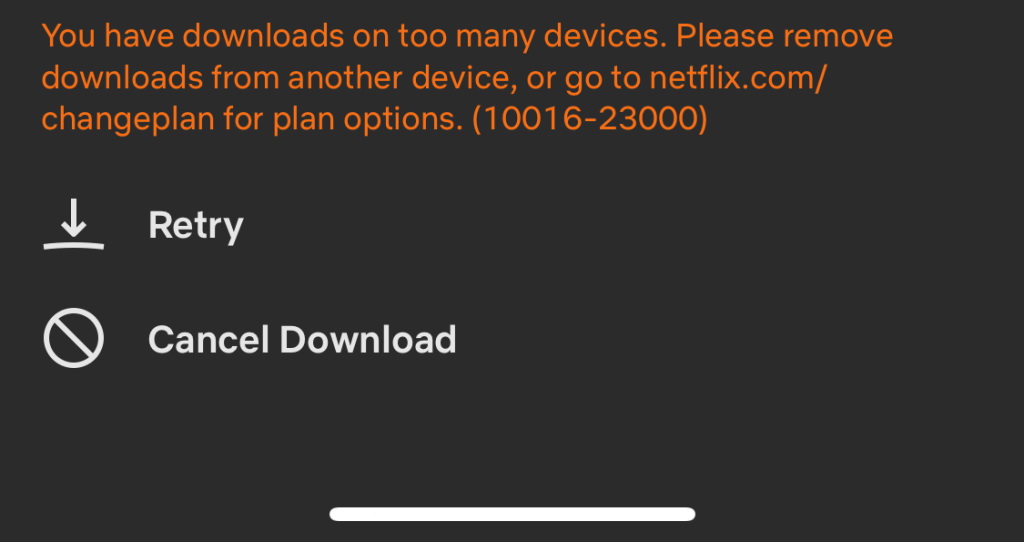What is DRM
About DRM
Digital rights management (DRM) is a class of access control technologies that are used by hardware manufacturers, publishers, copyright holders and individuals with the intent to limit the use of digital content and devices after sale. DRM is any technology that inhibits uses of digital content that are not desired or intended by the content provider. Copy protection which can be circumvented without modifying the file or device, such as serial numbers or keyfiles are not generally considered to be DRM. DRM also includes specific instances of digital works or devices. Companies such as Amazon, AOL, Apple Inc., the BBC, Microsoft and Sony use digital rights management. In 1998 the Digital Millennium Copyright Act (DMCA) was passed in the United States to impose criminal penalties on those who make available technologies whose primary purpose and function is to circumvent content protection technologies.
The use of digital rights management is controversial. Content providers claim that DRM is necessary to fight copyright infringement online and that it can help the copyright holder maintain artistic control or ensure continued revenue streams. Those opposed to DRM contend there is no evidence that DRM helps prevent copyright infringement, arguing instead that it serves only to inconvenience legitimate customers, and that DRM helps big business stifle innovation and competition. Further, works can become permanently inaccessible if the DRM scheme changes or if the service is discontinued. Proponents argue that digital locks should be considered necessary to prevent intellectual property from being “stolen”, just as physical locks are needed to prevent personal property from being stolen.
Digital locks placed in accordance with DRM policies can also restrict users from doing something perfectly legal, such as making backup copies of CDs or DVDs, lending materials out through a library, accessing works in the public domain, or using copyrighted materials for research and education under fair use laws. Some opponents, such as the Free Software Foundation (FSF) through its Defective By Design campaign, maintain that the use of the word “rights” is misleading and suggest that people instead use the term “digital restrictions management”. Their position is that copyright holders are restricting the use of material in ways that are beyond the scope of existing copyright laws, and should not be covered by future laws. The Electronic Frontier Foundation and the FSF consider the use of DRM systems to be anti-competitive practice.
Related software
Leawo Video Converter: An all-inclusive video converter for you to convert video between various video file formats like AVI, MPEG, WMV, MP4, FLV, RM, MOV, Xvid, 3GP, etc., transform audios between MP3, WMA, WAV, M4A, AAC and AC3 audios for various media players and video editing software, including BlackBerry devices, Android devices, Apple devices, Microsoft devices, iMovie, iDVD, etc.
Leawo DVD Ripper: Rip, backup, edit and convert DVD to videos in various popular file formats like AVI, WMV, MP4, MP3, 3GP, MOV etc for playback on media devices like Samsung Galaxy S, iPhone, iPhone 4S, iPod, iPad, iPad 2, etc. With this DVD to video converter, you can also choose to trim video length, crop video size, adjust video effect and add your own signature or picture as watermark to the output videos for online sharing or other purposes.
null: A powerful comprehensive solution for you to rip and convert both Blu-ray/DVD to video in various file formats for different media players.
Related Source
M4V, M4A, AAC, MP3, iPhone, iPod, iPad, iTunes
References
How to remove iTunes DRM protection
How to Remove DRM from Protected M4V Video Files?
How to Convert M4V Files to MP4
External Links
http://en.wikipedia.org/wiki/Digital_rights_management
You May Also Interest in
No related article
























